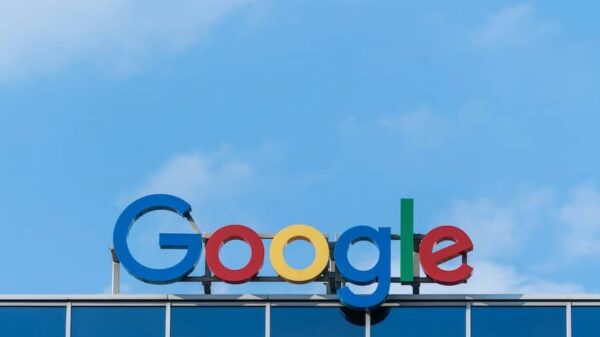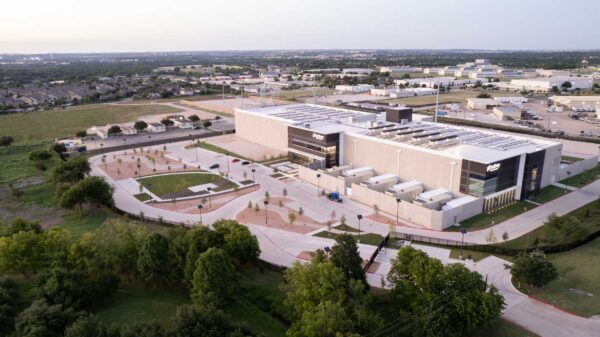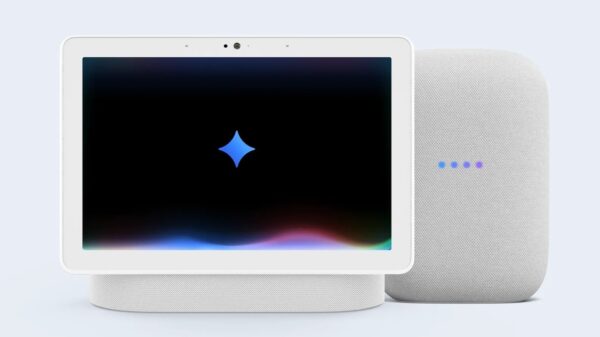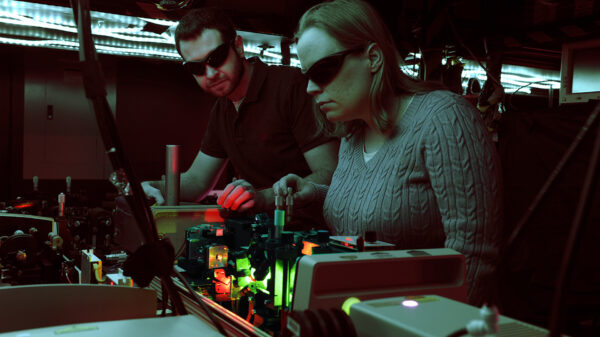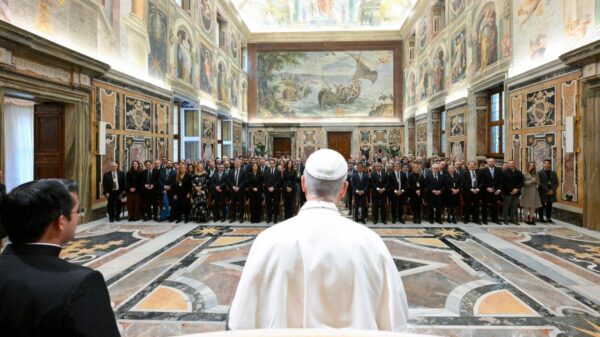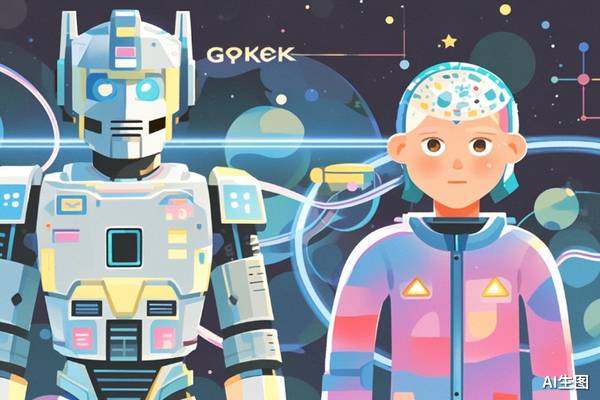Elon Musk recently participated in a live-streamed interview hosted by Ron Baron, founder of Baron Capital, where they discussed key advancements in AI and robotics, particularly focusing on Musk’s ventures including Neuralink and Tesla’s Optimus robot. The conversation highlighted ambitious plans for these technologies and their potential societal impact.
Optimus Robot: Achieving Cost Efficiency
Musk revealed an optimistic forecast for the Optimus robot, estimating that once production stabilizes at 1 million units annually, costs could drop to around $20,000 – $30,000. In comparison, current industrial robots, such as those from KUKA, range from $50,000 to $150,000. Musk noted, “This is a rather conservative estimate because cost optimization requires a lot of effort.” He emphasized that with extensive production, they can dictate supplier prices, similar to automotive manufacturing.
Neuralink’s Groundbreaking Integration
A significant aspect of the discussion was the fusion of Neuralink with Optimus technology. Musk shared that Neuralink has been successfully implanted in over 10 paralyzed patients, enabling real-time communication. By integrating Optimus legs, these individuals can potentially achieve mobility that exceeds normal human capabilities, at an estimated cost of $60,000. “We have truly realized ‘The Six Million Dollar Man,’” Musk stated, reflecting on the vision of enhancing human abilities.
He further elaborated that, through the Neuralink implant, signals from a patient’s brain can be transmitted to the Optimus legs, allowing them to perform complex tasks. This fusion aims to provide unprecedented medical services, likening it to having access to top-tier surgeons for everyone, a feat previously deemed unattainable.
See also Peter Thiel Sells Entire Nvidia Stake, Cuts Tesla Holdings by 76% Over AI Bubble Concerns
Peter Thiel Sells Entire Nvidia Stake, Cuts Tesla Holdings by 76% Over AI Bubble ConcernsUpcoming Innovations from xAI
Looking towards the future, Musk announced that xAI plans to launch Grok 5 in the first quarter of 2026. This model, boasting an impressive 6 trillion parameters, has a 10% probability of achieving general artificial intelligence. Musk’s focus on expanding human consciousness and exploring the universe is evident as he envisions AI-enabled advancements that could redefine human capabilities.
Next-Gen AI Inference with the A15 Chip
In the realm of hardware, the upcoming A15 chip from Tesla promises performance enhancements that are 2-3 times that of current NVIDIA chips, while costing just a fraction at 1/10 of the price. Musk remarked that this low-power design will be crucial for driving full self-driving (FSD) technology and the Optimus robots, reinforcing Tesla’s commitment to innovation in AI-driven automation.
Expansion Plans in AI Chip Production
Musk also hinted at plans for a massive wafer factory aimed at producing 10-20 billion AI chips over the next few years. This ambitious project is expected to be completed within 1-2 years and could expand infinitely in 3 years, significantly bolstering AI chip production capabilities.
Overall, Musk’s dialogue with Baron underscores a vision where technology not only transforms industries but also significantly enhances human potential. As AI and robotics intersect to create tools for a more inclusive society, the implications of these advancements could pave the way for a future where the boundaries of human ability are continually redefined.

